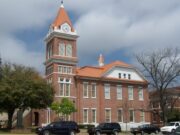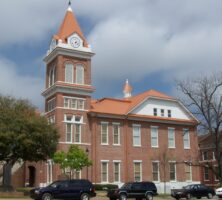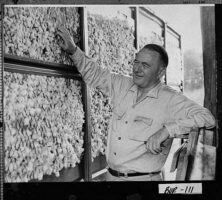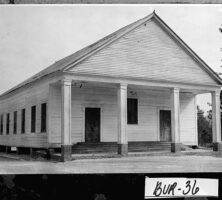Burke County, whose eastern edge shares the border with South Carolina along the Savannah River, is one of Georgia’s eight original counties.
When the colony was established in 1732, the area now known as Burke County was called the Halifax District. In 1758 Georgia was divided into parishes, and the Halifax District became the parish of St. George. The county currently encompasses an area of 831 square miles after portions of it were incorporated into Screven (1793), Jefferson (1796), Richmond (1841), and Jenkins (1905) counties.
The original inhabitants of the area were Creek, Cherokee, and Catawba Indians, who lost their land when members of their leadership, often not speaking for all of them, signed treaties in 1733, 1736, and 1758 with the English. The first white settlers were “headright settlers,” or those who acquired land via a system that granted parcels to the heads of families, with more land going to larger families. Almost all of the first landowners came from the older American colonies, especially after Georgia lifted its ban on slavery in 1751. The majority were farmers with small- and medium-sized operations who were attracted by the Savannah and Ogeechee rivers, which offered transportation and water for their livestock. A few other settlers came from parishes to the south, and some (mostly Scots-Irish Protestants) arrived from across the Atlantic.
In 1777 St. George Parish became one of Georgia’s first counties, named for political philosopher and member of British Parliament Edmund Burke, who advocated appeasement of American colonial grievances. Many residents of Burke County remained loyal to the king, and ensuing conflicts during the Revolutionary War (1775-83) led to major property damage. Two military engagements in 1779 between the king’s troops and the revolutionaries were notable: a skirmish at the Burke County Jail in January, during which the colonists defeated 400 British troops; and a British victory at the Battle of Brier (later Briar) Creek.
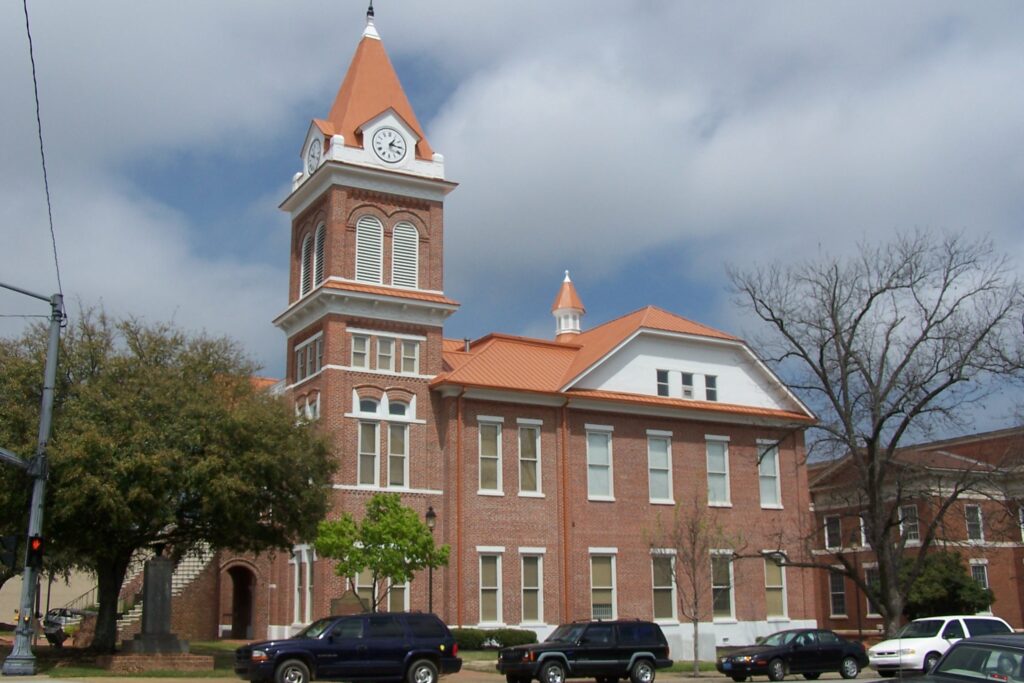
Waynesboro, laid out in 1783 and incorporated in 1812, is the county seat. It was named for General Anthony “Mad Anthony” Wayne. The current courthouse, built in 1857 and expanded in 1899, is one of the state’s oldest brick buildings still in use. Other incorporated towns are Girard, Keysville, Midville, and Sardis.
By the end of the eighteenth century, the accrual of larger tracts of land by planters and the employment of enslaved labor resulted in a plantation system that replaced the county’s small-farm economy, and Burke County became a prime cotton-producing area. However, many plantations did not survive the Civil War (1861-65), and the economy, still dependent on the production of cotton, moved to a system of small farms using tenant labor. Later these workers were forced to look for work in cities after being replaced by mechanized cotton pickers and row cultivators.
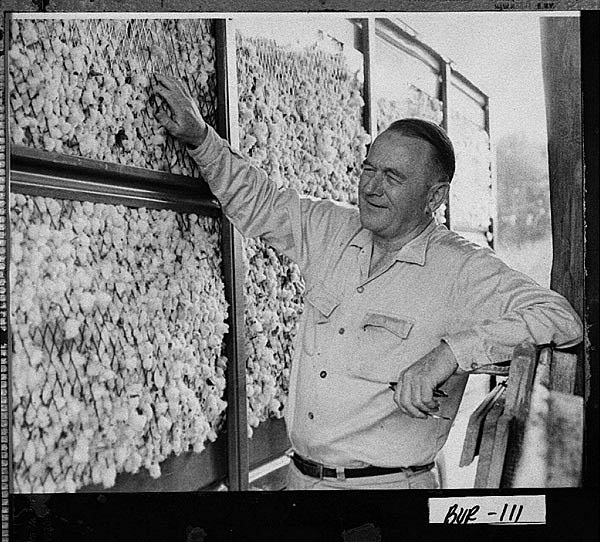
Former notable residents of the county include Lyman Hall, one of three Georgians who signed the Declaration of Independence and governor from 1783 to 1784; Edward Telfair, governor from 1786 to 1787; naturalist and illustrator John Abbot, who wrote The Natural History of the Rarer Lepidopterous Insects of Georgia (1797); nineteenth-century politician Herschel Johnson; and nineteenth-century historian Charles C. Jones Jr.
Places of interest include Bark Camp Church and Bellevue Plantation. Bark Camp Church was organized in 1788 as part of Bark Camp, which was established before the Revolution as a settlement camp for new migrants to the area. Bellevue Plantation, originally a grant to Samuel Eastlake by King George III in 1767, was damaged during Union general William T. Sherman’s march to the sea nearly a century later. Both Confederate and Union soldiers were buried on the property after a skirmish there.
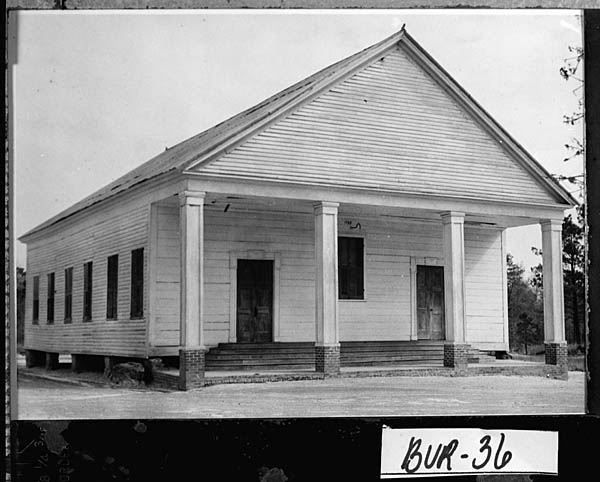
Augusta Technical College operates a satellite campus in Waynesboro.
According to the 2020 U.S. census, the population of Burke County is 24,596, an increase from the 2010 population of 23,316.


